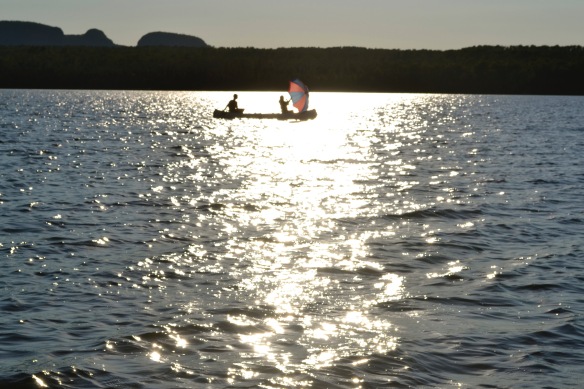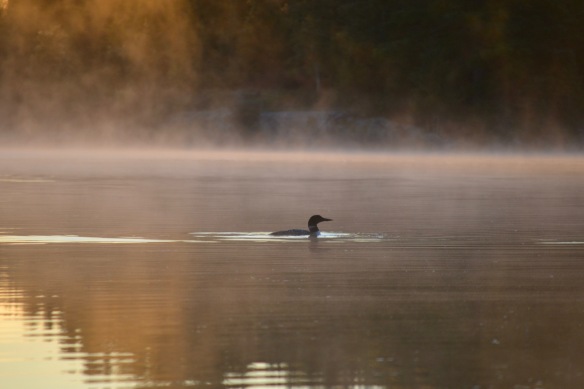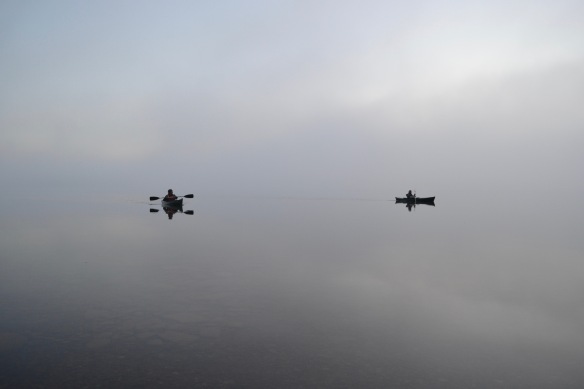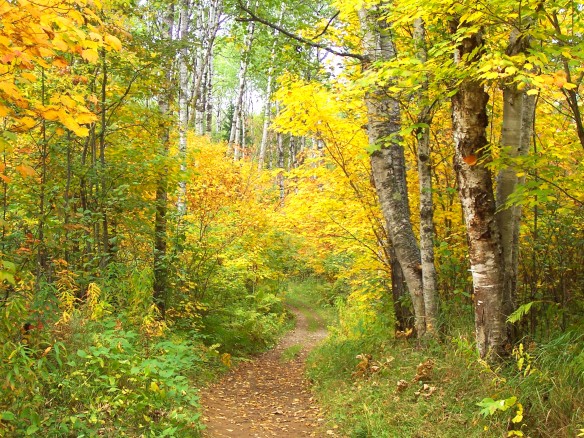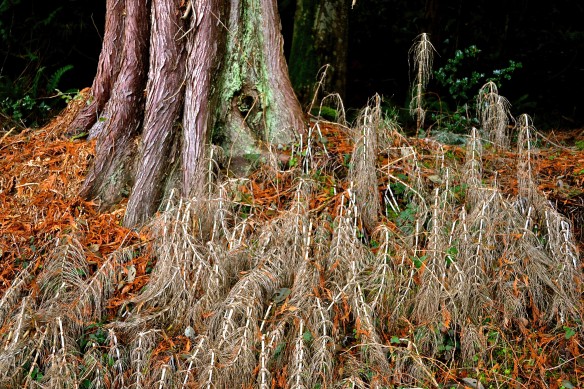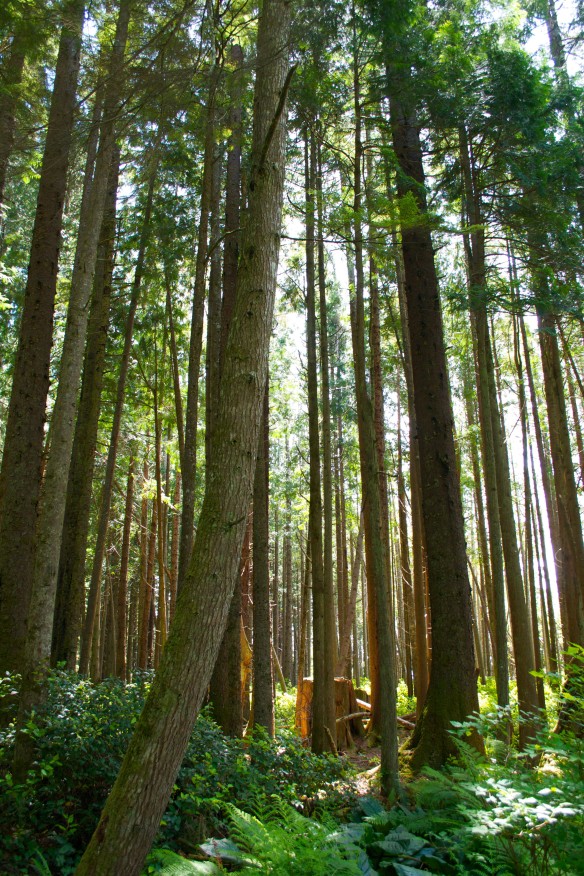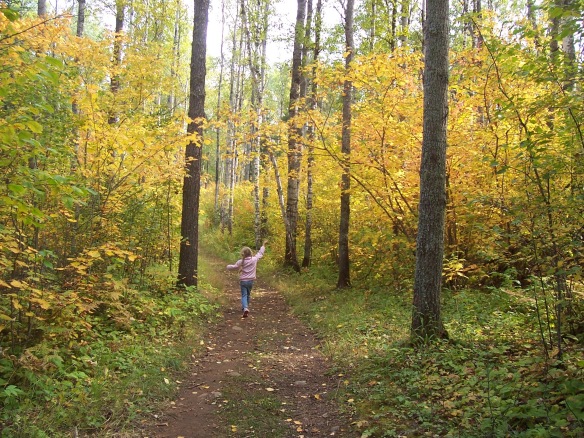
I remember the first time I tentatively lowered my new baby into the sling I was wearing, zipped my big sweater up around him, and headed into the forest. I was struggling – overwhelmed by my new life as a mother and hoping that I would find myself again in this welcoming and familiar place.
I walk along with his little body snuggled against mine, the sound of my steps on fallen leaves, the sweet forest air filling my lungs. I walk for hours, and in the quiet spaciousness of this forest, my heart opens and I step into my new life.
Over time we switch to a back pack, his face next to mine as we wander about exploring the world. We see seasons change, watch a woodpecker, clouds, squirrels, birds, trees swaying in the wind, snowflakes falling. He is quiet and still and absorbed by this place.
And then he is walking next to me, his hand reaching up to hold mine as we amble along, or crouching down to explore those small and unnoticeable things that I had always passed so quickly. These are the days of wonder and mystery.
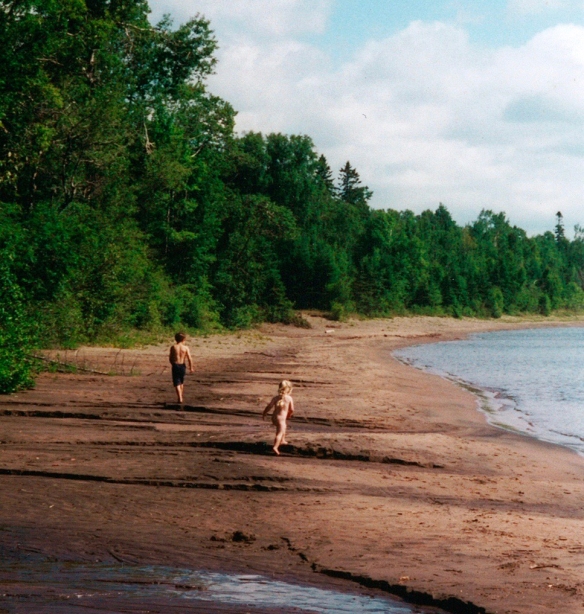
Then another child arrives, and this time the shift is easeful. The adventures continue, but at a new pace. Throwing rocks in a lake, sending sticks down a creek, or gliding along the snow in our kick sled – these are our big adventures. We wander and explore and let the quiet and undisturbed places whisper their stories to us so we come to know and remember them always.
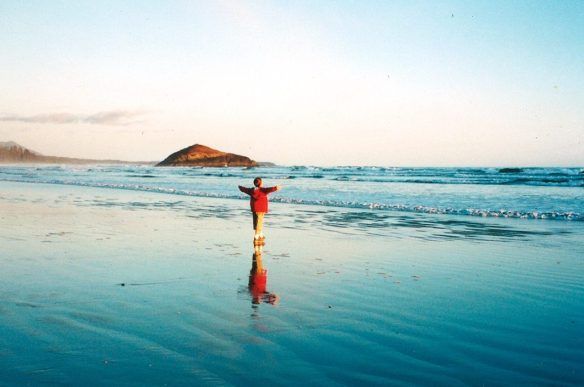
As our children grow, there is a pull to be indoors: school and classes, screens and schedules, so we move to a house in the forest to be near the wild places. It is here we hope our children will come to know themselves, the world, and their place in it. We hope this sense of place will sink into their bodies, provide a foundation for weathering the ups and downs of life, a place where they can find solace and connection and peace.
Through the teenage years we still plan adventures and journeys outdoors, but the time for that is squeezed between other things. I persevere and get outdoors whenever I can – sometimes with one child, sometimes with both. When we all go together, it’s joyful, and we are brought back to ourselves and each other.
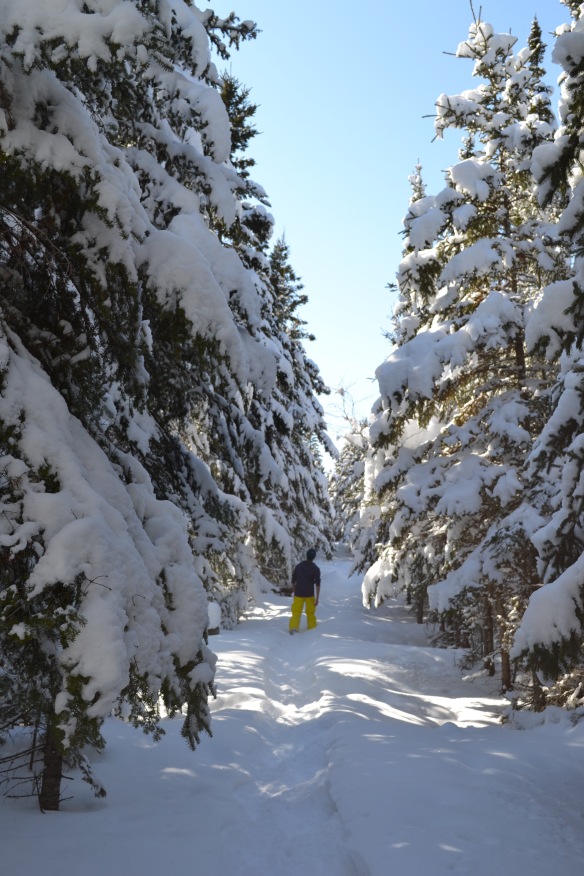
The summers bring long stretches of time outdoors – camping, swimming, hiking through forests, staring at stars in the blackest of skies, watching storms, lighting fires. It’s a time of freedom and spaciousness.
There have been times when I have found it challenging as a parent to remain dedicated to being outdoors in the midst of a culture that seems determined to keep us in. But now my children are grown, and time in the outdoors continues to be a part of their lives, and our lives together.
When we go to the wilderness, we share our stories, our joys, our dreams, and our sorrows, until the peaceful murmuring of the trees, and the calm water we walk beside, reminds us to be still and quiet. And in that peaceful place we remember who we are, where we come from, and how we are deeply connected, to ourselves, to each other, and to the world.
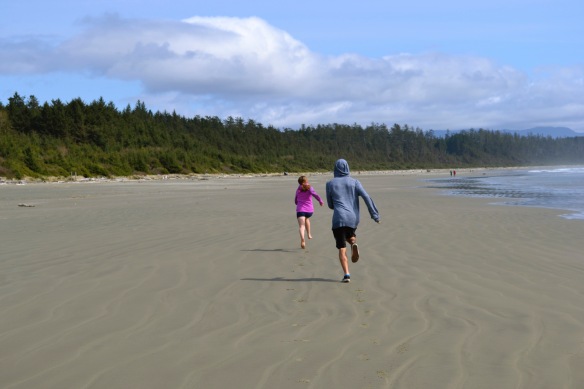
If you’re interested in learning about, and connecting with, a great group of adventurous, creative, and inquisitive women, check out She Explores. This podcast also featured the visionary and brilliant Magnetic North, and the inspiring Adventure Mamas

